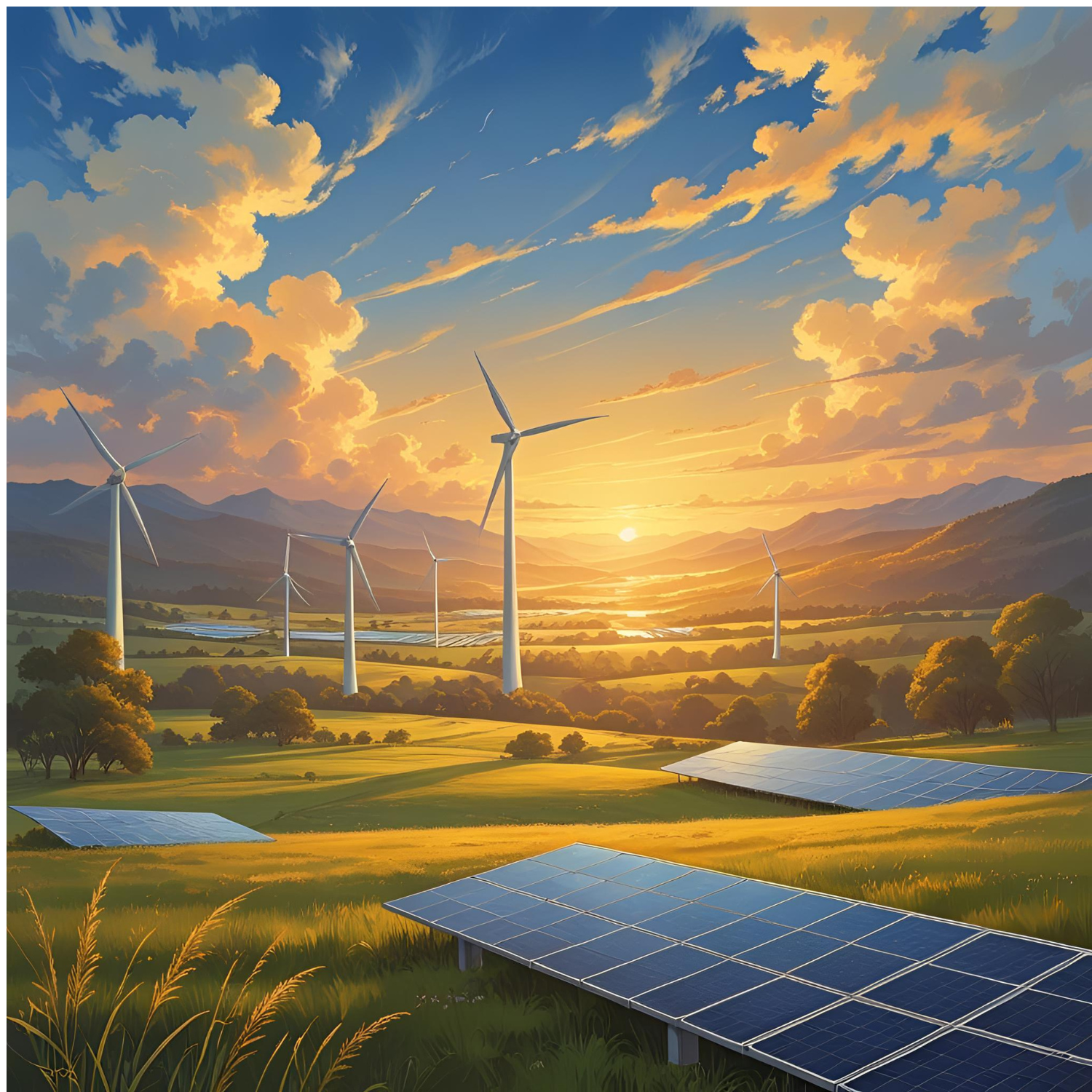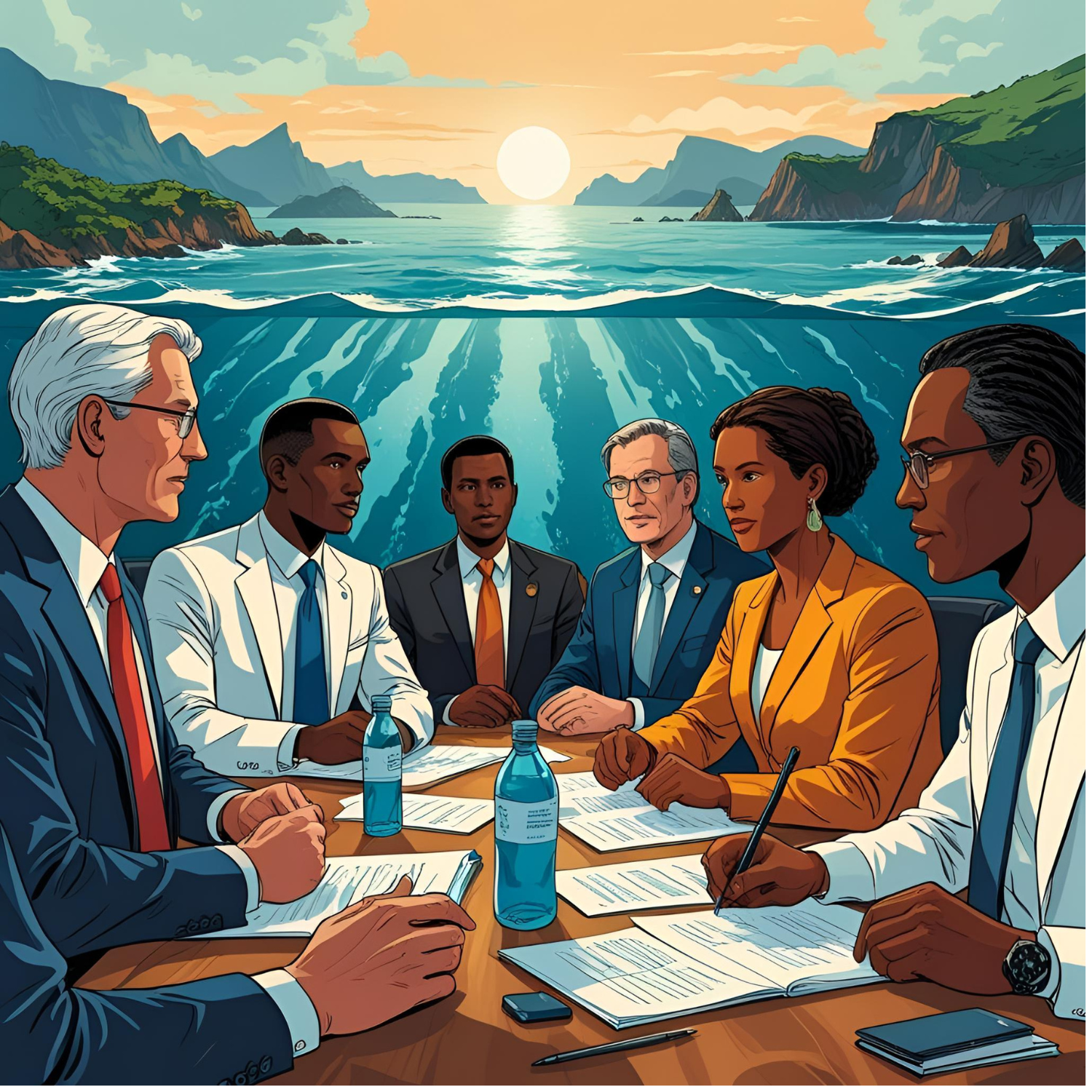
How just is movement towards ‘Just Transition’?
The global push for a low-carbon economy – through renewable energy, electric mobility, green hydrogen, and decarbonized industries – is crucial to combat climate change. However, the energy transition is not just a technical and financial challenge. It is also a human rights issue, raising serious questions about land rights, community consent, labour conditions, and environmental justice. While the transition is necessary, it is not always equitable. In many parts of the world, the race to “go green” has resulted in displacement, exploitation, and exclusion of vulnerable populations.
This article explores the human rights challenges emerging from the energy transition, highlighting real-world case studies that expose the friction between climate ambition and social justice – and suggesting pathways to make the transition truly just.
I. Land Rights and Indigenous Communities
Case Study: Wind Energy Projects in Oaxaca, Mexico
In Oaxaca, Mexico, large-scale wind farms were developed with international investment, partly under the Clean Development Mechanism (CDM) of the Kyoto Protocol. While these projects aimed to reduce emissions, indigenous Zapotec and Huave communities reported lack of consultation, coercive land acquisition, and damage to their agricultural livelihoods.
– Issue: Developers allegedly bypassed genuine Free, Prior, and Informed Consent (FPIC), violating ILO Convention 169.
– Impact: Community protests, legal challenges, and social unrest delayed projects and tainted reputations.
Global Pattern
From Kenya’s Lake Turkana Wind Project to India’s solar parks in Rajasthan, energy projects often overlap with land used by indigenous or rural communities. Inadequate compensation, loss of access to resources, and cultural marginalization are recurring themes.
II. Labour Rights in Critical Mineral Supply Chains
Case Study: Cobalt Mining in the Democratic Republic of Congo (DRC)
Cobalt is essential for lithium-ion batteries used in electric vehicles and renewable energy storage. Over 70% of global cobalt supply comes from the DRC, where thousands of workers – including children – labour in informal and hazardous conditions in artisanal mines.
– Issue: Human rights NGOs have claimed child labour, unsafe working conditions, and violence.
– Legal Response: A 2019 lawsuit filed in the US against major tech companies suggested them allegedly benefiting from forced child labour in the DRC supply chain.
Corporate Challenge
Companies sourcing minerals face pressure to ensure traceability and due diligence through initiatives like the OECD Due Diligence Guidance and the forthcoming EU Critical Raw Materials Act. However, on-the-ground enforcement remains limited.
III. Displacement and Environmental Degradation
Case Study: Solar Parks in Rajasthan, India
India’s push for 500 GW of non-fossil fuel capacity by 2030 has led to massive land acquisition for solar projects. In Rajasthan, the Bhadla Solar Park – one of the world’s largest – has triggered allegations of:
– Displacement of pastoral communities.
– Loss of grazing lands without adequate compensation.
– Improper environmental clearances.
Activists argue that the transition risks reproducing the injustices of fossil fuel projects if local livelihoods are not protected.
IV. Gender Inequality and Energy Access
Case Study: Renewable Energy in Sub-Saharan Africa
Many renewable energy programmes in Africa are donor-driven and technology-focused, often ignoring gendered patterns of energy use.
– In parts of Kenya and Uganda, solar home systems have improved electricity access – but women, who are often excluded from ownership or decision-making, do not always benefit equitably.
– In some cases, installation jobs and financing schemes are dominated by men, reinforcing existing gender gaps.
Solution: Integrating gender audits and women-led energy cooperatives has shown promise but remains underutilized.
V. Involuntary Carbon Offsetting and Rights of Local Communities
Case Study: REDD+ Projects in Uganda
REDD+ (Reducing Emissions from Deforestation and Forest Degradation) initiatives, often funded by carbon offset buyers, have led to significant land conflicts.
– In Uganda’s Kiryandongo district, thousands were reportedly evicted by security forces to make way for carbon offset plantations linked to international investors.
– Affected families claimed loss of homes, crops, and access to ancestral land, with no effective grievance redress.
This raises a larger issue: Who bears the cost of decarbonisation? Often, it’s the communities with the least responsibility for climate change.
VI. Community Exclusion in Energy Planning
Case Study: Hydropower Projects in Southeast Asia
In countries like Laos, Cambodia, and Vietnam, large hydropower projects – marketed as clean energy – have had devastating social impacts, including:
– Displacement of entire villages.
– Disruption of fisheries and food systems.
– Inadequate resettlement and compensation.
The Lower Sesan 2 Dam in Cambodia, backed by Chinese and Cambodian firms, submerged 36 villages, displacing 5,000 people – mostly indigenous Bunong communities – with limited community engagement or redress.
VII. Legal and Regulatory Gaps
Despite voluntary ESG standards and impact assessments, there is a lack of binding international law requiring companies to uphold human rights in energy transition projects. Current gaps include:
– Weak enforcement of FPIC and labour rights.
– Lack of remedy mechanisms for affected communities.
– Inadequate integration of social impact assessments in green finance frameworks.
Efforts like the UN Guiding Principles on Business and Human Rights, the proposed EU Corporate Sustainability Due Diligence Directive (CSDDD), and national laws (like Germany’s Supply Chain Due Diligence Act) are promising, but unevenly applied.
VIII. Making the Transition Just: Emerging Good Practices
1. Community-Owned Renewables
Projects where communities co-own and co-manage renewable energy assets – such as wind cooperatives in Denmark or solar microgrids in Bangladesh – have delivered both energy access and economic empowerment.
2. Human Rights Impact Assessments (HRIA)
Companies and investors are beginning to use HRIAs to assess risks beyond environmental concerns, though this is not yet widespread. The Business & Human Rights Resource Centre has compiled models for better integration.
3. Participatory Planning and FPIC
Countries like Canada and Norway have begun to institutionalize indigenous consultation mechanisms in energy projects, though challenges remain. In New Zealand, the Treaty of Waitangi framework guides energy governance with Māori communities.
Conclusion: Towards a Just Transition
The energy transition must be more than a shift in technology – it must be a transformation rooted in justice, equity, and human rights. If pursued without regard for the people most affected, green projects risk perpetuating the extractive, exclusionary models of the fossil fuel era.
What’s needed is a “Just Transition” – one that centres voices from the margins, strengthens legal protections, ensures corporate accountability, and distributes the benefits and burdens of decarbonisation fairly. Governments, investors, and civil society must align environmental objectives with social justice, or risk losing legitimacy in the climate fight.
Learning from the Small Island States: Tackling Climate Change through International Law
The climate crisis is not only an environmental and scientific emergency – it is a fundamental leg
How just is movement towards ‘Just Transition’?
The global push for a low-carbon economy – through renewable energy, electric mobility, green hydr
How the “One Big Beautiful Bill” Could Reshape Global ESG Ambitions
The “One Big Beautiful Bill” (OBBB) has emerged as a sweeping legislative proposal that could re








Post a comment